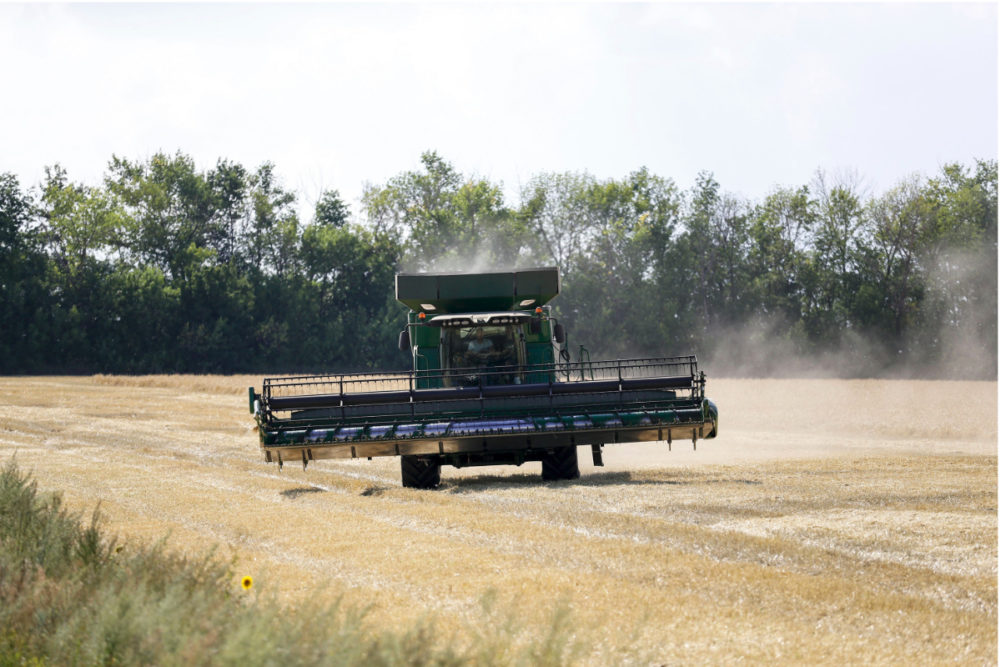ROME, ITALY – The latest monthly price indexes released by the United Nations’ Food and Agriculture Organization (FAO) showed that food and cereal prices are continuing to rise.
Released on Dec. 2, the FAO Food Price Index (FFPI) averaged 134.4 points in November, up 1.6 points (1.2%) from October and 28.8 points (27.3%) from November 2020.
The latest increase marked the fourth consecutive monthly rise in the value of the FFPI, putting the index at its highest level since June 2011. Among the sub-indices, in November those for cereals and dairy rose most significantly, followed by sugar, while those for meat and vegetable oils were down, albeit slightly, from the previous month.
The FAO Cereal Price Index (FCPI) averaged 141.5 points in November, up 4.3 points (3.1%) from October and 26.6 points (23.2%) above its level one year ago.
Strong demand amid tight supplies, especially of higher quality wheat among major exporters, continued to lift wheat prices for a fifth consecutive month, to their highest level since May 2011.
Potentially reduced quality of the ongoing harvest in Australia, following untimely rains, and uncertainty regarding potential changes to export measures in the Russian Federation also provided support.
Among coarse grains, international barley prices continued to rise on tight supplies and spillovers from wheat markets. Maize export prices rose slightly in November, receiving support from strong pace in sales from Argentina, Brazil and Ukraine, while seasonal supply pressure capped export prices from the United States.
By contrast, international rice prices remained broadly steady in November, reined in by harvest progress in various Asian suppliers and scattered import demand.
FAO’s new Cereal Supply and Demand Brief, also published on Dec. 2, forecasts world cereal production at 2.791 billion tonnes in 2021, a new record and 0.7% higher than the previous year. Compared to 2020, worldwide coarse grains and rice outputs are expected to increase, respectively, by 1.4% and 0.9%, while wheat is forecast to drop by 1%.
World cereal utilization in 2021-22 is forecast to rise by 1.7% to 2.81 billion tonnes, while world cereal stocks by the close of seasons in 2022 are predicted to decline by 0.9% from opening levels. The consequent stocks-to-use ratio of 28.6% “would still indicate a comfortable supply situation overall,” according to the FAO.
The FAO forecasts global trade in cereals in 2021-22 to increase by 0.7% to 480 million tonnes, with an anticipated 2.2% expansion in world wheat trade more than offsetting a likely contraction in coarse grains trade.






